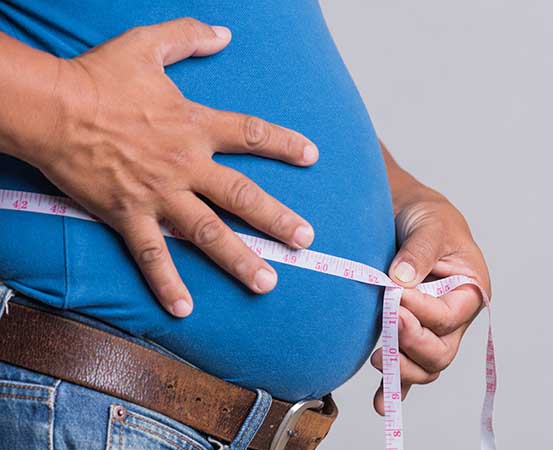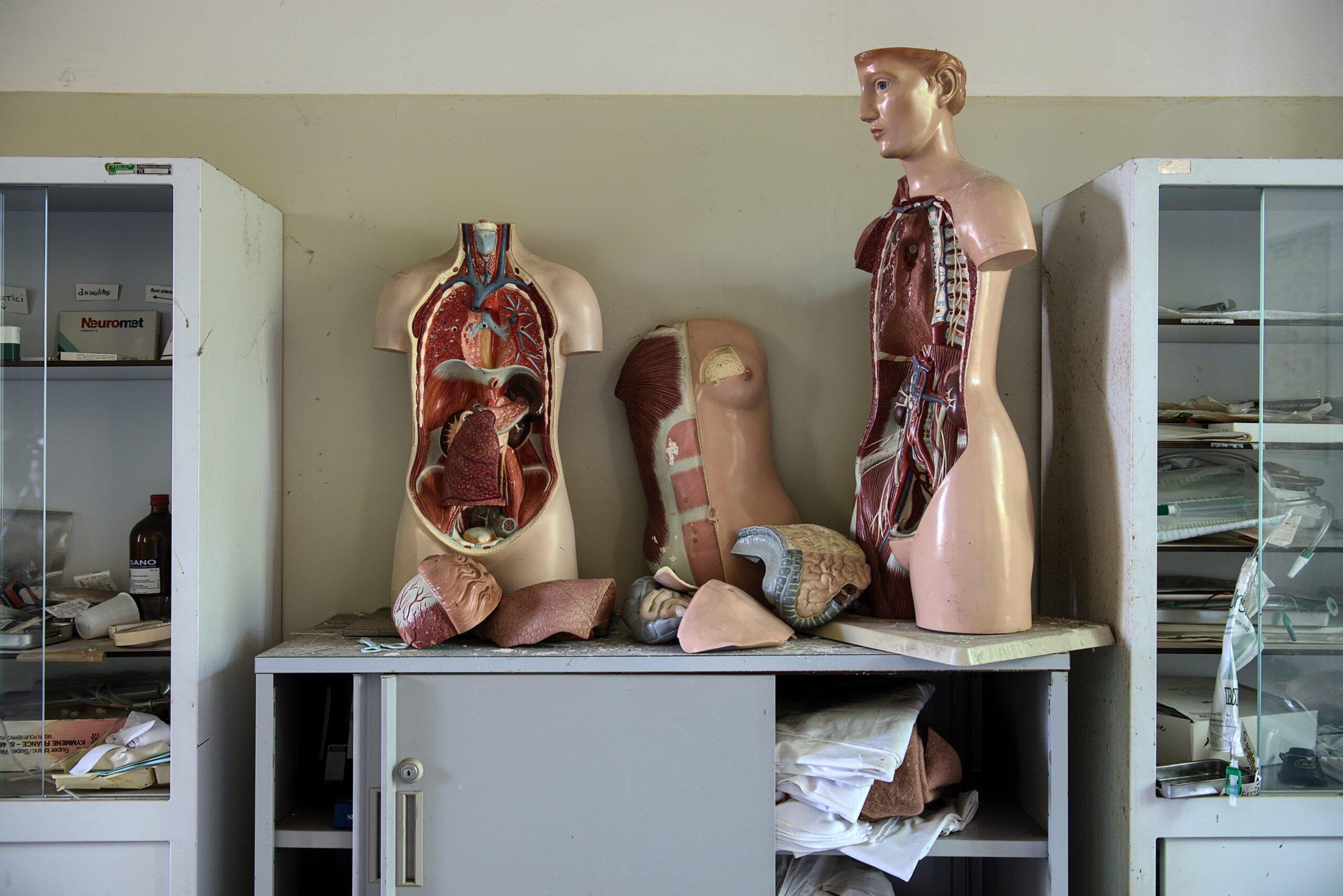
Abdominal obesity or visceral fat refers to the accumulation of excess weight around the abdominal organs. This could cause excess fat deposition in the liver, eventually leading to a condition called NAFLD (non-alcoholic fatty liver disease). According to experts, NAFLD is linked to various metabolic disorders, including obesity, hypertension, type 2 diabetes and dyslipidemia (abnormal amount of lipids in the blood). Furthermore, it is also associated with an increased risk of hypothyroidism (a condition where the thyroid doesn’t produce sufficient thyroid hormone) and kidney disease.
How excess abdominal fat causes NAFLD
Experts explain that one does not have to be obese to have visceral fat deposition. Visceral obesity, genetic predisposition and excess consumption of fructose and cholesterol can increase the risk of NAFLD even in non-obese people.
Visceral fat releases free fatty acids and adipokines (small proteins secreted by the body’s fat cells or adipocytes), exposing the liver to fat accumulation and inflammation. “Excess abdominal fat causes ectopic fat deposition [accumulation of excess lipids in the metabolic organs],” says Dr Sandeep Reddy, senior endocrinologist, Kamineni Hospitals, Hyderabad. Excess calorie consumption combined with a lack of exercise causes energy to be stored as fat (lipids). This fat is released into the blood and gets deposited in several organs, including the liver, potentially leading to NAFLD, he adds.
Complications of NAFLD
NAFLD does not present with any symptoms and often remains undiagnosed until a liver function test is performed. “Unless NAFLD develops to a cirrhotic stage, there are usually no symptoms, which is why it often goes undetected,” says Dr Ramesh Agarwalla, hepatologist, Fortis Hospital, Kolkata. This can be dangerous, as excess abdominal fat and NAFLD can also increase the risk of several other metabolic conditions. “All the functions of the liver take a backseat when there is a liver complication,” notes Dr Agarwalla.
If left untreated, excess fat could cause inflammation of the liver (hepatitis) and lead to non-alcoholic steatohepatitis (NASH). This can permanently damage the liver, leading to liver cirrhosis or even liver cancer.
Precautions for preventing NAFLD
Those with excess abdominal fat should take the necessary precautions to prevent NAFLD by altering their lifestyle. According to experts, a healthy lifestyle and diet are very important. “Excess consumption of calories increases belly fat and the risk of NAFLD,” says Dr Reddy.
Dr Agarwalla says maintaining a rhythm is essential. It is important to have a fixed sleep schedule, as disrupted sleep can affect you physically and psychologically. In addition, avoiding smoking and reducing alcohol consumption are paramount.
Losing weight through physical activity is not only an important precaution but also a key treatment. “The only treatment for NAFLD is weight loss. Once an individual starts to lose weight, their fatty liver will also decrease,” says Dr Reddy.
Takeaways
- Excess abdominal fat causes increased fat deposition in the liver, which can eventually lead to NAFLD.
- Excess fat in the liver also increases the risk of other conditions like diabetes, high blood pressure and kidney disease.
- NAFLD does not present with any symptoms and often remains undiagnosed until a liver function test is performed.
- A healthy lifestyle and diet are key to preventing NAFLD. Once an individual begins to lose weight, the fatty liver will also decrease.

















